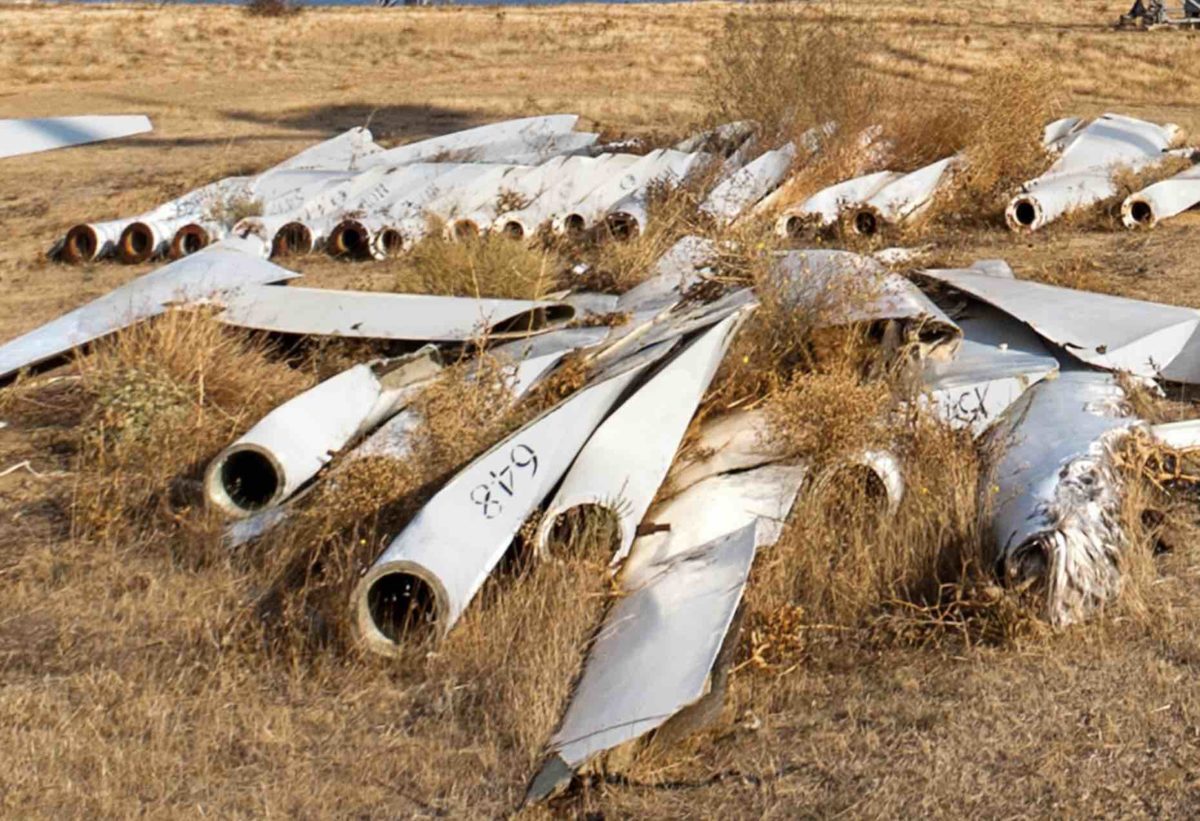New Denmark-based company Continuum has announced plans to build six industrial-scale wind turbine blade recycling factories across Europe, with plans to begin taking end-of-life blades by the end of the year.
Continuum, founded in 2021, bills itself as a composite manufacturer with its product made from up to 92% recycled material.
Using a reported CO2-neutral material transformation technology, the company is now setting its sights on helping to reduce the environmental impact of wind turbines that have reached the end of their usable lifespan.
Continuum is planning to build six recycling factories to ensure that all wind turbines blades are fully recyclable.
The first such factory will be located in Esbjerg, in southwest Denmark, and is expected to be operational by the end of 2024. A second factory, to be located in the UK, will follow.
By the end of the decade, Continuum is planning to have completed six wind turbine blade recycling factories, with operations being added in France, Germany, Spain, and Turkey.
Each of the factories will supposedly boast capacity to recycle a minimum of 36,000 tonnes of end-of-life turbine blades each year, and will be powered by 100% green energy.
Continuum has pledged to abandon the need for landfills – good news for Europeans, with many countries in the region already moving in that direction – while also helping to dramatically reduce CO2 being emitted during the incineration and co-processing in cement factories by 100 million tonnes by 2050.
Wind turbine blades that reach the end of their life are, for the most part, turned into either cement or dumped in landfills. Continuum is planning to use its state-of-the-art mechanical composite recycling technology and industrial scale factories to give turbine blades a better chance at a second life.
“As a society we are rightly focussed on renewable energy production, however the subject of what to do with wind turbine blades in the aftermath of that production has not been effectively addressed,” said Nicolas Derrien, CEO of Continuum.
“We’re changing that, offering a recycling solution for the blades and a construction product that will outperform most other existing construction materials and be infinitely recyclable, and with the lowest carbon footprint in its class.”
This is not the first time a company has hit the headlines for wind turbine recycling. Wind turbine manufacturing giant GE announced early last year that it had produced a prototype of the world’s first 100% recyclable wind turbine.
The 62-metre turbine blade was designed and built by LM Wind Power – a subsidiary of the renewables arm of GE – following a year of material development and testing and sub-component level process trials.
And in August, Siemens Gamesa revealed the first turbine equipped with its RecyclableBlades had generated first power at the Kaskasi offshore wind farm in Germany.
Meanwhile, companies and researchers have been looking for ways to improve the recyclability of existing wind turbines.
In June, Swedish power company Vattenfall committed to recycling all dismantled wind turbine blades by 2030, and announced they were lining up a range of partnerships that could see turbine blades turned into everything from skis and snowboards to construction materials for solar farms.
Similarly, in August, scientists at Michigan State University announced that they had found a way to recycle wind turbine blades into gummy bears, nappies, and other everyday items.








